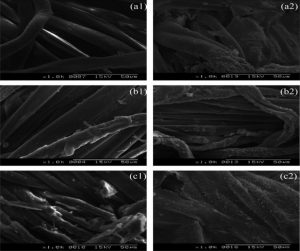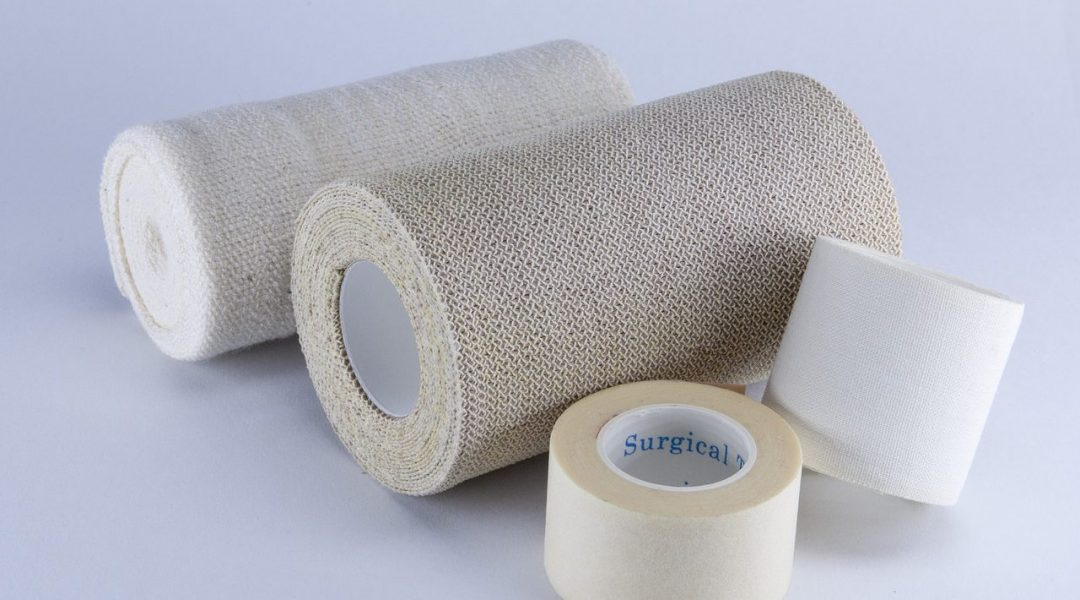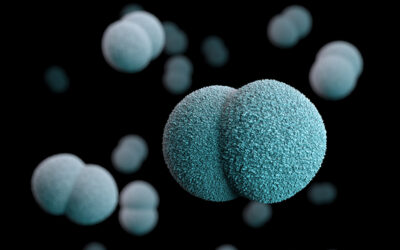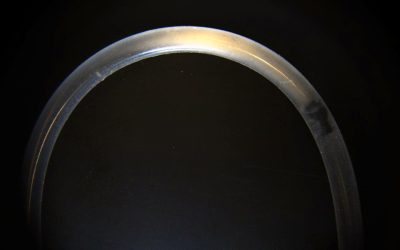The medical field relies on many materials to function, a large portion of which are textiles. Cotton fabric, composed of cellulose fibers, is one such textile that has broad applications in the medical field. There are pros to this commonly used fabric, such as good mechanical properties, high moisture absorption, and low impurity content. There are cons as well, including microorganism growth (due to the moisture absorption), which were a target for improvement in a recent study in the Journal of Applied Polymer Science.
In an attempt to counteract this microorganism growth, chemicals have been introduced into and onto the textiles being used in the medical field. Unfortunately, many of the chemicals employed are toxic to both humans and the environment. Mariem Trad and colleagues used chitosan, a naturally occurring polysaccharide, to synthesize a hydrogel that was less detrimental to human and environmental health. They applied this hydrogel to ionically activated cellulose fibers to improve the antimicrobial activity of those fibers.
Chitosan is a derivative of chitin, a material commonly found in the shells and exoskeletons of crustaceans. Chitosan demonstrates growth inhibition of various bacteria and fungi. Its unique structure and physiological characteristics, in combination with its low toxicity toward mammalian cells, makes it a likely finish to improve the antibacterial properties of medical textiles.

Scanning Electron Micrograph images of (a1) unmodified cotton, (b1) anionic cotton, and (c1) cationic cotton, and cotton with incorporated chitosan hydrogels: (a2) unmodified cotton with chitosan hydrogel, (b2) cationic cotton with chitosan hydrogel, and (c2) anionic cotton with chitosan hydrogel.
Trad and colleagues examined the effects of the chitosan hydrogel on the cellulose textiles to ensure that improving the antibacterial properties of the fabric did not negatively affect its existing beneficial characteristics. The team found that the modified textiles showed improved antibacterial activity against Escherichia coli, Listeria monocytogene, and Staphylococcus aureus. The textiles treated with the hydrogel also showed enhanced moisture management behavior and retained their water vapor permeability. They did show a decrease in air permeability, but not at a significant level.
The development of a human and environmentally-friendly antibacterial coating for cotton fabrics has numerous possibilities for application in the medical field. Further research can explore the possibility of a coating to combat other bacteria and fungi, as well as potentially developing a coating that will be effective for use on other textiles used in the medical field.

















